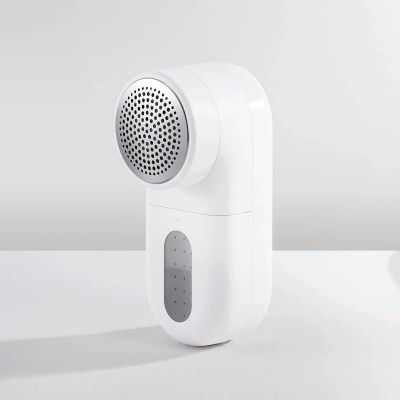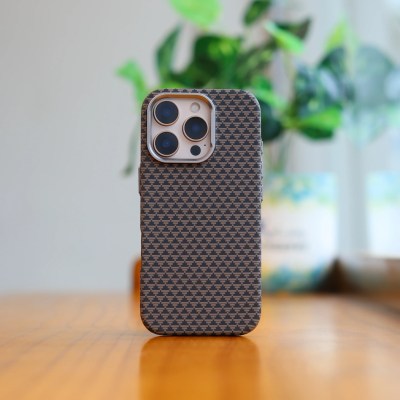Dash cams have become an essential part of vehicle accessories in the present world. Whether on the move every day or just once in a while, it is incredibly beneficial to have a dash cam installed in your automobile in the event of an accident or an emergency.
They record every event on the road, and thus, they are also referred to as digital witnesses, aiding clear obligation if necessary. As such, the essence of a dash cam is more than simply possessing one but also placing one.
Front Coverage
One of the most common and probably most user-friendly locations often suggested is the front windscreen and dashboard. Both these positions ensure that the driver’s view is free, and no matter which one of these two locations is used, everything that happens in front of the car is photographed.
However, when using the dash cam on the front windscreen, it is recommended that such a dash camera should be mounted on or beside the rearview mirror. This will prevent the camera from blocking the driver’s view, and the camera can even capture the whole road, including the area right in front of the vehicle. Collecting such information will help to cover all incidents, such as a squashed truck in the rear road, a stop or sudden brakes taken by the vehicle in front of one’s car.
If you wish to mount the dash cam on the dashboard, you will get a slightly lower angle of the road than when the cam is mounted on the windscreen, but this option can be just as effective. Others prefer this orientation for convenience or because it does not obstruct the driver’s view of the front windscreen.
Whether fixed on the front windscreen or on a dashboard, both have the same merit in that they record what is seen straight ahead, which is critical in capturing an accident, a running traffic light, or a sudden stop.
However, some of the disadvantages of this placement are pretty clear. It would not pick up anything that happened on either side of the vehicle or even when travelling behind. This is why most drivers also use additional cameras to cover those blind spots.
Front & Rear Coverage
Most drivers install front and rear dash cams to have broad coverage. This combination ensures that one has an active recording of the activities in the front of the vehicle and those happening behind the car, which is very important in rear-end accidents or if someone is driving too close behind.
When installing the rear dash cam, the only place people usually use is the car’s back window. It should be as high as possible to cover the rearview completely yet as low as possible to avoid interference with the car’s roofline. If the car features large back windows, you will also have to make sure that the camera is mounted inside the vehicle to maximize the amount of road without any obstruction from the car frame.
Anytime you have this dual (front and rear) setup, there are brighter chances of recording all the crucial events in case of an accident. Let’s say you have been rear-ended at a traffic light. While the front camera captures the traffic stop, the rear camera captures the impact of the forces on the back of the car and the car over the back. Presenting both angles makes one more solid, whether for insurance or litigation purposes.
360 Coverage
When you wish to eliminate more than one camera setup externally and want to include all angles at once, 360-degree dashboard cameras are the solution. These kinds of dashboard cameras are advanced, and the lenses capture video of every angle surrounding the car, removing any chances of footage going unrecorded.
The benefit to installing a 360-degree dash cam is that, unlike the other options that come in three or two parts, you mount one piece on the camera with a 360-degree view. These cameras are of great importance to those who are, in most cases, driving within the city since there are accidents in all directions. All action is recorded, be it a side impact, a rear end, or even damage done when the vehicle is parked over a 360-degree camera.
However, the drawback is that typical 360-degree dash cams are usually more costly than the usual front or back dash cams, and the video quality is not guaranteed to be uninterrupted, significantly if the angle is widened out. Moreover, it may also prove to be quite an issue when installing them, especially without the help of professionals.
Dash Cam Placement Tips
When placing your dash cam, especially when planning to let it record 24/7, there are several important factors to keep in mind to make sure that you get the best shots possible:
Keep the Camera Unobstructed: This is true whether you’re placing it on the windshield, dashboard, or rear window, where it should be free from obstructions. Ensure that windshield wipers, sun visors and other car parts do not block the lens.
Avoid Glare and Reflections: Sun positioning is very important in avoiding glare, which can be caused by sunlight and greatly affect your camera lens’s ability to capture good-quality footage. Always find a way to place the camera that will not attract too much sunlight or have a dash cam with glare shielding, which is much easier.
Test the Angle Before Finalizing Placement: Many drivers still learning to use dashboard cameras find it okay to put it at the spot where they feel it’s the best angle. After you install the dash cam, check it out by recording a short video. Look at the video and assess whether the camera captured the area you wanted to cover, and if not, tilt it accordingly.
Consider the Power Source: A dash cam needs to be powered on in order to work, which calls for proper placement to ensure there is an outlet or a USB port in the car. Some dash cams have long cords, but in order to have a neat installation, adhesive clips can be used to conceal the cords at the perimeter of the windscreen or the dashboard.
Discreet Placement: Most places are legal for Dash cameras, but some people like to hide these devices to prevent them from being stolen or tampered with. Try looking for a slim dash cam and positioning it somewhere beneath the dashboard or within the windshield of your vehicle.
Mounting Stability: If not mounted properly, the camera can pick up road vibrations, which can negatively interfere with the quality of the videos. Be sure to use very good-quality mounts and suction cup brackets that will help the camera remain rigid, especially when it is likely to be used on rough or surfaced roads.
Conclusion
It is important to get the proper position of your dash cam so that all accidents and emergencies are captured from as many angles as possible. While the front windshield or dashboard is the obvious and most suitable position, the use of rear, side, or even 360-degree dash cams in conjunction with the front cam provides coverage from all possible angles.





